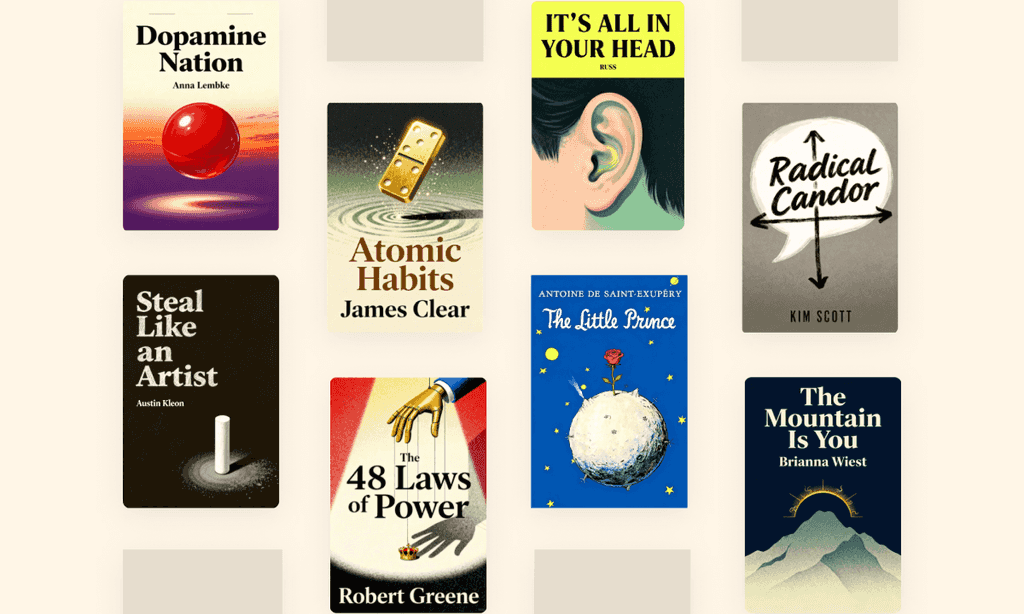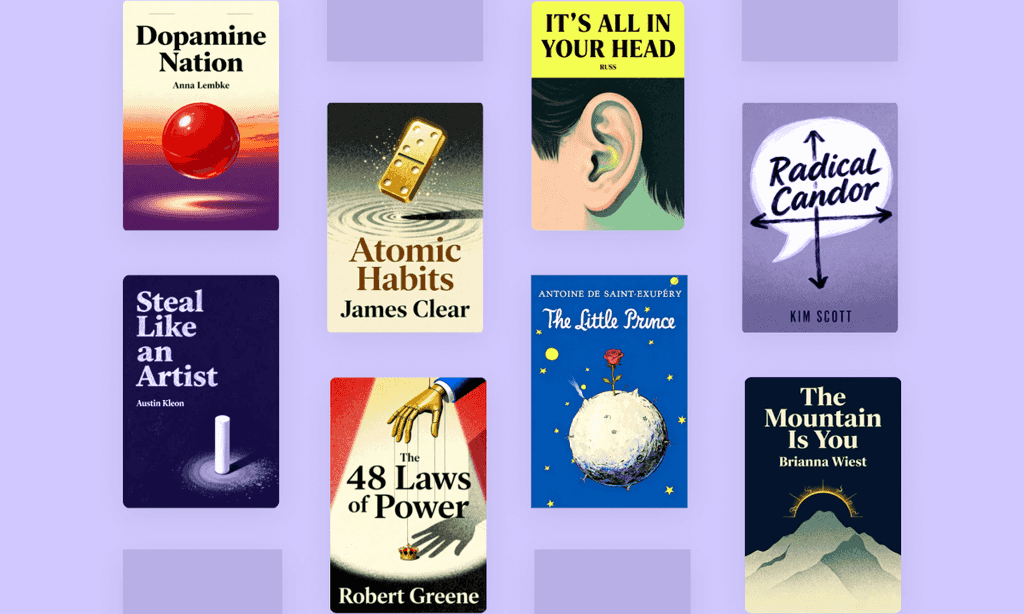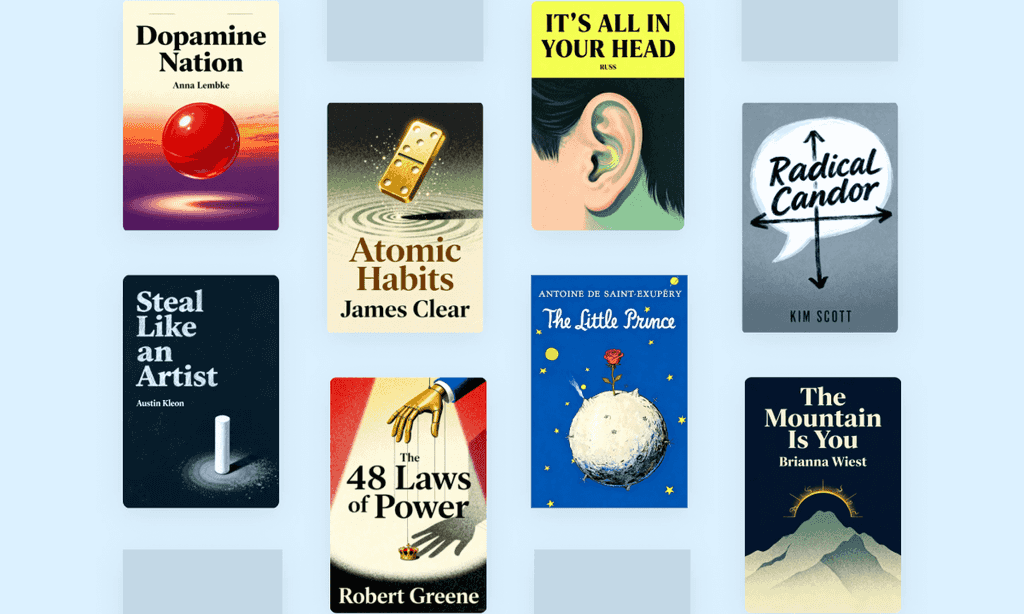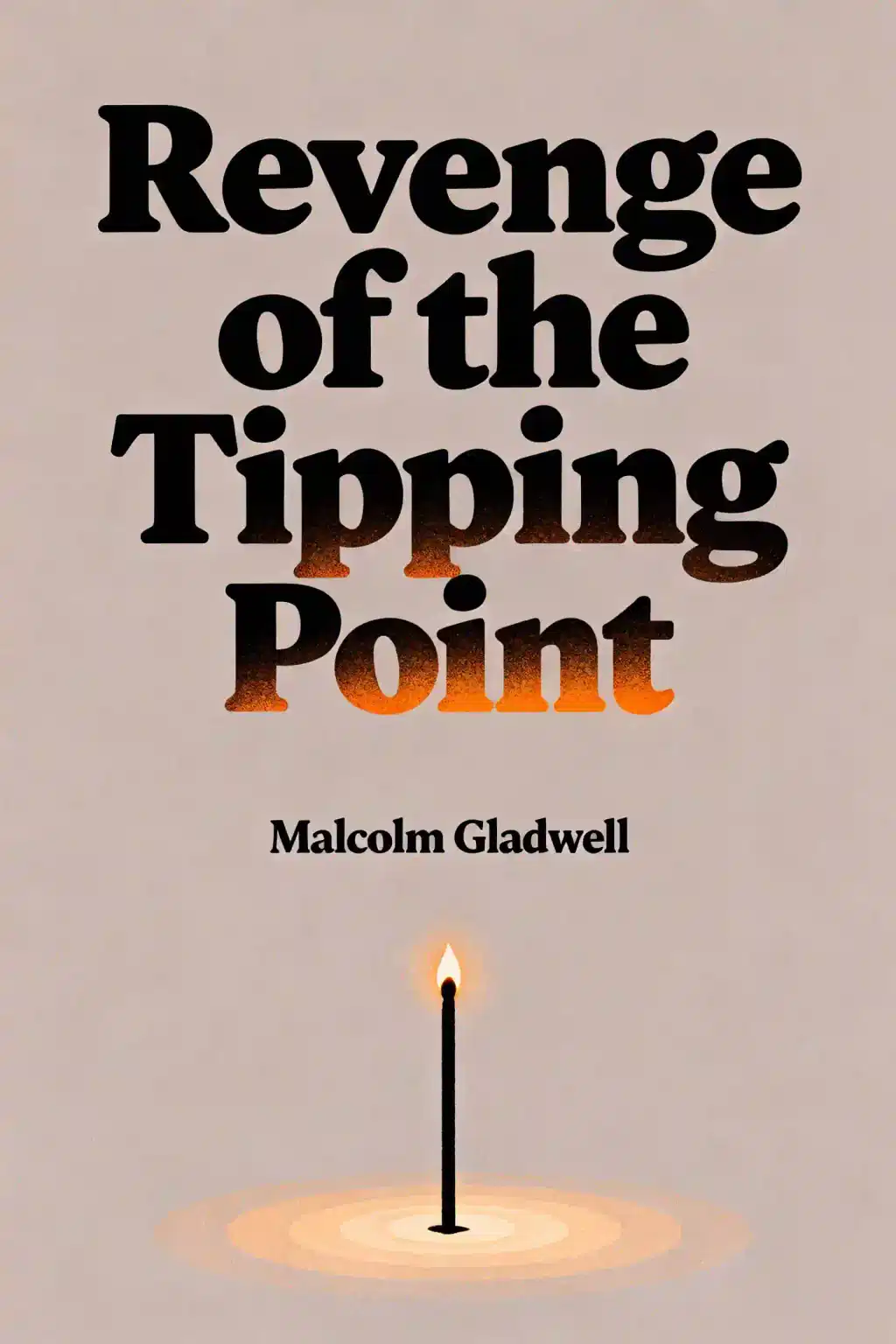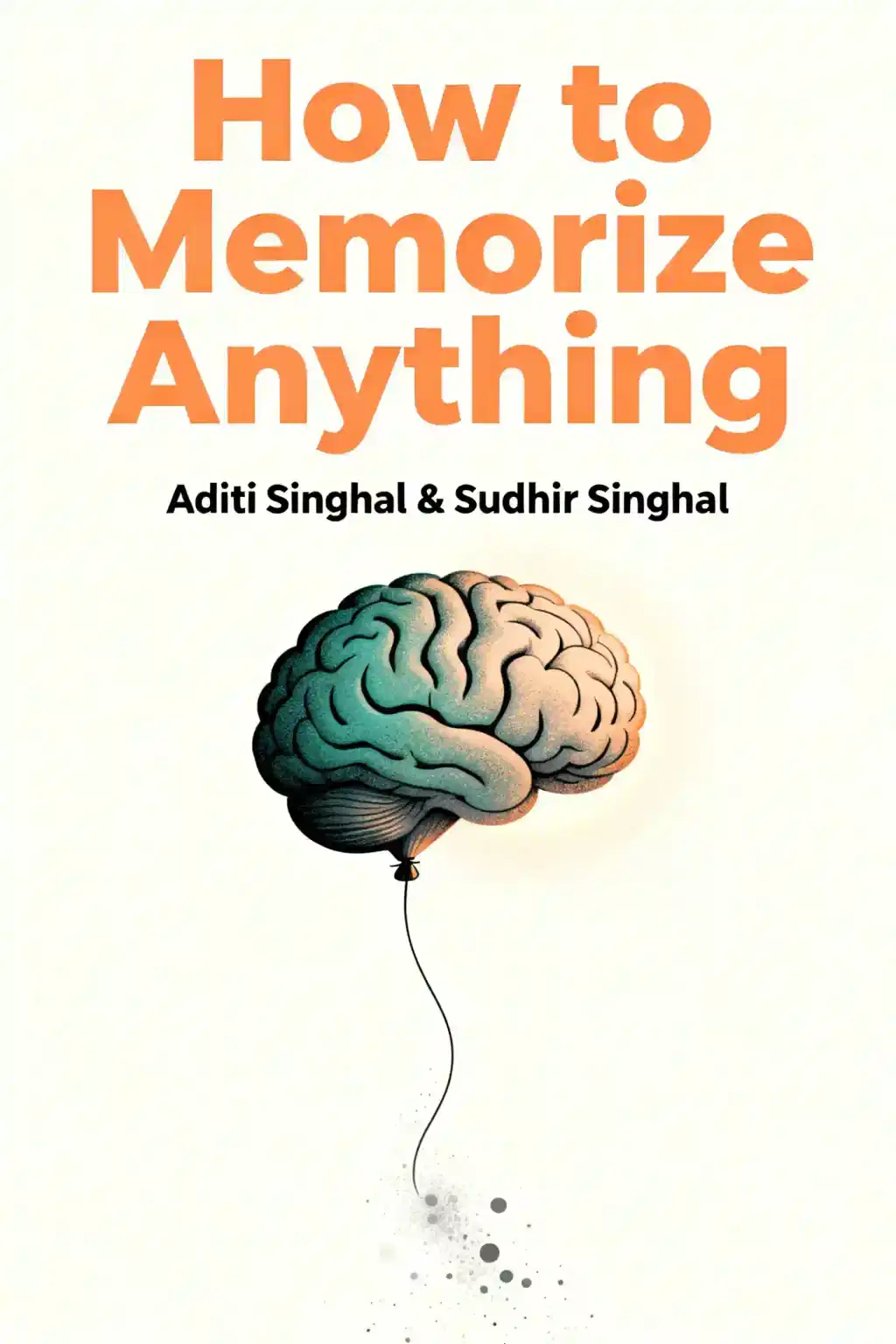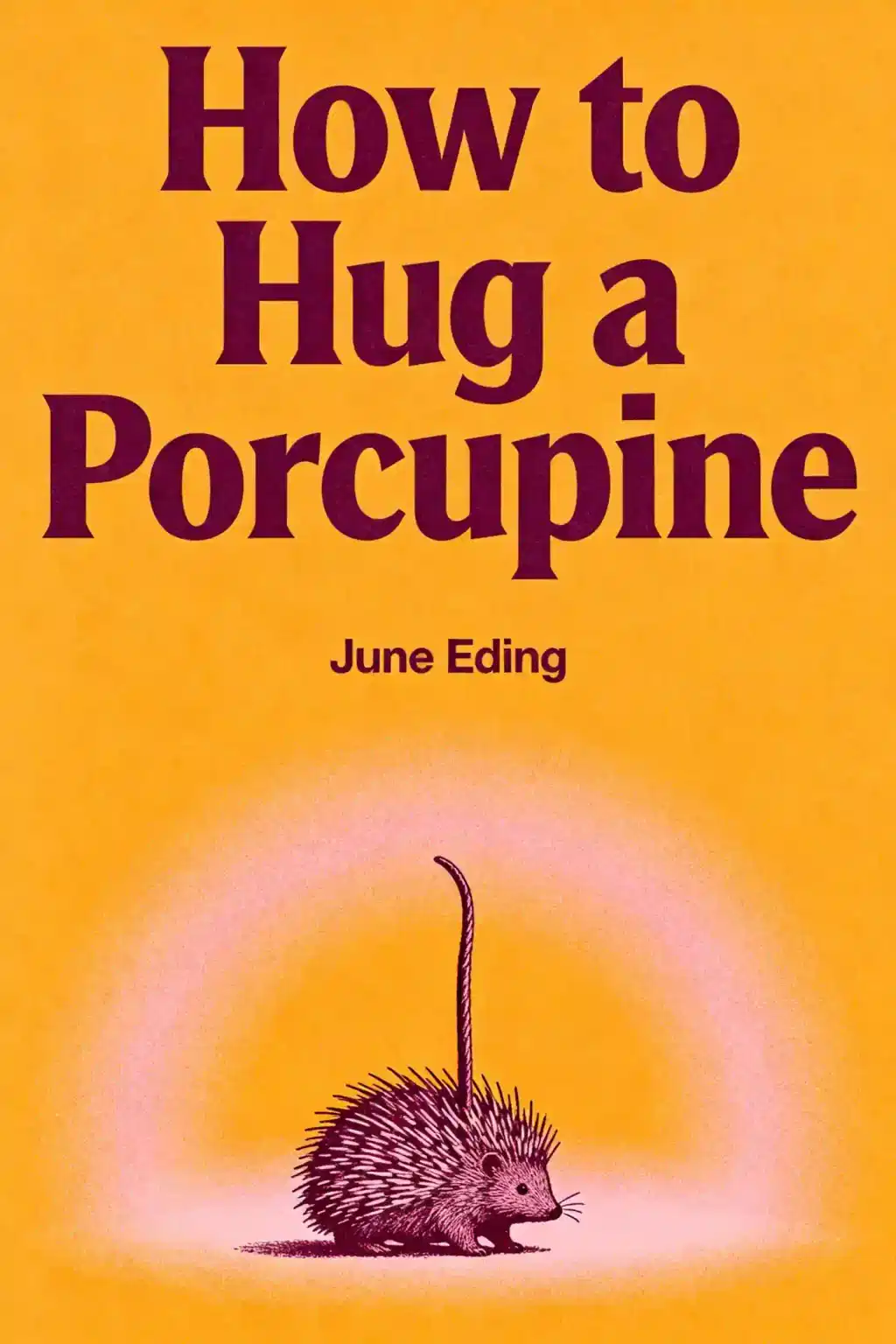
How to Hug a Porcupine by June Eding Summary
How do you connect with the prickly people in your life? "How to Hug a Porcupine" offers psychological wisdom from Dr. Debbie Joffe Ellis on disarming defensive behaviors. Like actual porcupines, difficult people don't shoot quills - they just need the right approach.
About the author
June Eding is the author of How to Hug a Porcupine: Easy Ways to Love the Difficult People in Your Life, a practical self-help guide for managing challenging relationships with patience and understanding. Drawing on her experience writing across genres for both children and adults, Eding distills complex interpersonal dynamics into accessible, actionable advice that resonates with readers seeking to improve their most difficult connections.
Her diverse body of work includes Who Was Queen Elizabeth? from the bestselling Who Was? series, The Statues of Central Park, and Manners that Matter Most, which was featured in The New York Times.
Beyond her publishing career, Eding founded The Renegade Cupcake, a copywriting service that partnered with major brands like Energizer and Anheuser-Busch. With 23 published books and a readership exceeding 19,000 on Goodreads, Eding has established herself as a versatile and trusted voice in both educational and personal development literature.
FAQs About This Book
How to Hug a Porcupine by June Eding is a self-help guide about dealing with difficult, toxic, or prickly people in your life. The book uses the porcupine as a metaphor for individuals who are hard to love—those who throw verbal barbs, display negative attitudes, or exhibit abusive behaviors. Eding provides practical strategies for improving communication and maintaining relationships with challenging personalities while protecting your own well-being.
June Eding is an accomplished author and writer based in New York City who has written about diverse topics ranging from Queen Elizabeth to pizza-tossing championships. She authored the bestselling Who Was Queen Elizabeth? and Manners That Matter Most, which was featured in The New York Times. Beyond her work as an author, she founded The Renegade Cupcake copywriting service and later launched June Odina Designs, a fashion line featuring animal-themed art.
How to Hug a Porcupine is ideal for people struggling with difficult relationships at work, home, or in social settings. The book suits those seeking basic communication skills like active listening, managing defensiveness, and responding with empathy rather than blame. However, readers dealing with severely toxic relationships or those already well-versed in conflict resolution may find the advice too surface-level. It's best suited for beginners looking for introductory guidance on interpersonal challenges.
How to Hug a Porcupine receives mixed reviews, with readers appreciating its quick, accessible format but criticizing its simplistic approach. The book earned praise for its humor, porcupine illustrations, and straightforward communication tips, with 45% of readers giving it five stars. However, critics argue it places too much responsibility on the reader to accommodate difficult people rather than promoting mutual engagement. It's worth reading if you're new to conflict resolution, but experienced readers may find it lacks depth.
In How to Hug a Porcupine, the porcupine represents difficult people whose "quills" are verbal barbs, negative attitudes, and toxic behaviors that push others away. June Eding uses this metaphor to illustrate how these individuals protect themselves with defensive mechanisms while making relationships painful for others. The book teaches readers to "embrace the porcupine tendency while respecting the quills"—understanding that difficult behaviors often stem from underlying emotions and vulnerabilities that require patience and empathy to navigate.
How to Hug a Porcupine teaches foundational communication strategies including avoiding defensiveness, refraining from blame and assumptions, and practicing active listening. June Eding emphasizes separating people's behaviors from their underlying emotions, speaking with patience and empathy, and maintaining inner peace despite difficult circumstances. The book encourages readers to be rational, calm, considerate, and kind while accepting both themselves and others. Eding also dedicates sections to specific scenarios, including managing difficult interactions in professional settings.
Critics argue that How to Hug a Porcupine places disproportionate responsibility on readers to fix relationships without requiring mutual effort from difficult people. Some reviewers described it as "codependency central" and a guide for letting toxic individuals walk over you. The book has been criticized for lacking actionable advice on communicating hurt feelings or setting boundaries with porcupines. Many readers found the content too surface-level, offering common-sense advice better suited for brief public encounters rather than chronic relationship issues.
How to Hug a Porcupine is a quick, short read that can be completed in one sitting. Readers consistently describe it as containing "easily digested suggestions" presented in a concise, accessible format. The book's brevity is enhanced by charming porcupine illustrations throughout, which one reviewer noted were "by far, the best part". June Eding's straightforward writing style and bite-sized advice make it ideal for readers seeking practical guidance without lengthy explanations or heavy academic theory.
How to Hug a Porcupine focuses on essential interpersonal skills including non-defensive communication, blame-free dialogue, and avoiding assumptions about others' intentions. June Eding emphasizes active listening, showing empathy toward difficult people, and maintaining composure under stress. The techniques resemble the "Teaching with Love and Logic" discipline method, prioritizing understanding over confrontation. Eding encourages readers to be edifying in conversations, eliminate unnecessary criticism, and show love consistently—even when dealing with people who exhibit porcupine-like behaviors.
How to Hug a Porcupine has been criticized for not adequately addressing healthy boundaries with toxic individuals. Multiple reviewers felt the book emphasizes keeping difficult people comfortable and avoiding their anger rather than teaching readers how to express hurt feelings or protect themselves. Some described it as having "take the high road" or "be the bigger person" vibes that prioritize harmony over self-protection. While Eding advocates maintaining inner peace, critics argue this approach can enable codependent dynamics rather than fostering mutually respectful relationships.
How to Hug a Porcupine addresses porcupines in various contexts including family members, friends, romantic partners, colleagues, and even public encounters. June Eding defines porcupines as people who aren't good for others—those who use toxic language, display controlling behaviors, or create painful interactions through verbal and emotional abuse. However, reviewers note the advice works better for managing brief interactions with mildly difficult people rather than chronic porcupines in close relationships. The book acknowledges that persistent issues may indicate deeper pathology requiring professional intervention.
How to Hug a Porcupine encourages readers to examine their own porcupine tendencies and defensive behaviors. One reviewer noted the book prompted reflection on being short with loved ones when feeling overwhelmed or anxious, inspiring them to save their "best self" for those who matter most. Another reader, identifying as a porcupine themselves, found the book valuable for understanding their own quills and learning when to soften defenses with trusted people. June Eding's approach helps readers recognize that everyone has porcupine moments and imperfections.
Quick Summary Mode - Read or listen to How to Hug a Porcupine Summary in 9 Minutes
Break down key ideas from How to Hug a Porcupine into bite-sized takeaways to understand how innovative teams create, collaborate, and grow.
Flash Card Mode - Top 10 Insights from How to Hug a Porcupine in a Nutshell
Distill How to Hug a Porcupine into rapid-fire memory cues that highlight Pixar’s principles of candor, teamwork, and creative resilience.

Fun Mode - How to Hug a Porcupine Lessons Told Through 25-Min Stories
Experience How to Hug a Porcupine through vivid storytelling that turns Pixar’s innovation lessons into moments you’ll remember and apply.
Personalize Mode - Read or listen to How to Hug a Porcupine Summary in 0 Minutes
Ask anything, pick the voice, and co-create insights that truly resonate with you.

From Columbia University alumni built in San Francisco
See More Stories?

Get the How to Hug a Porcupine summary as a free PDF or EPUB. Print it or read offline anytime.









